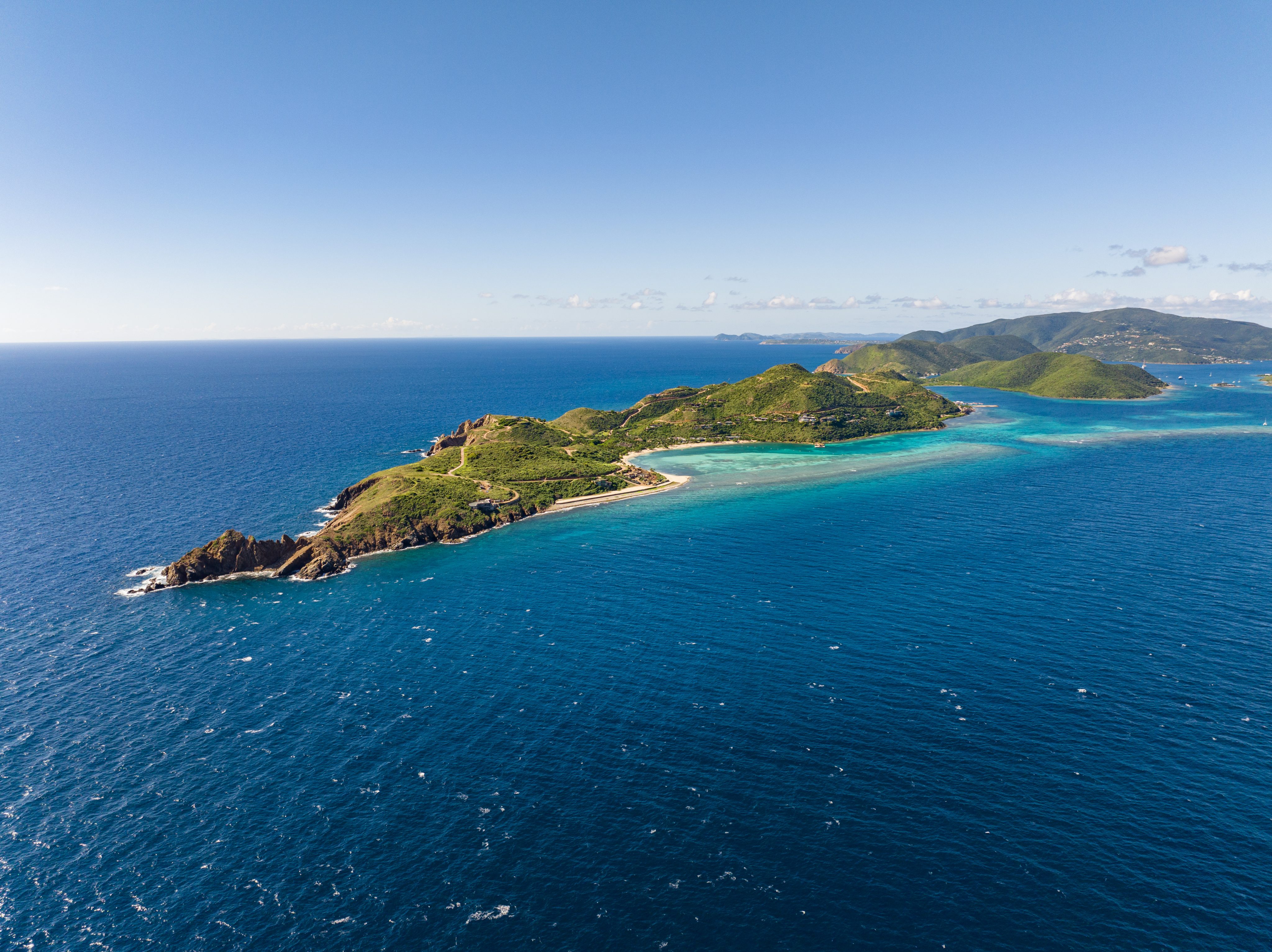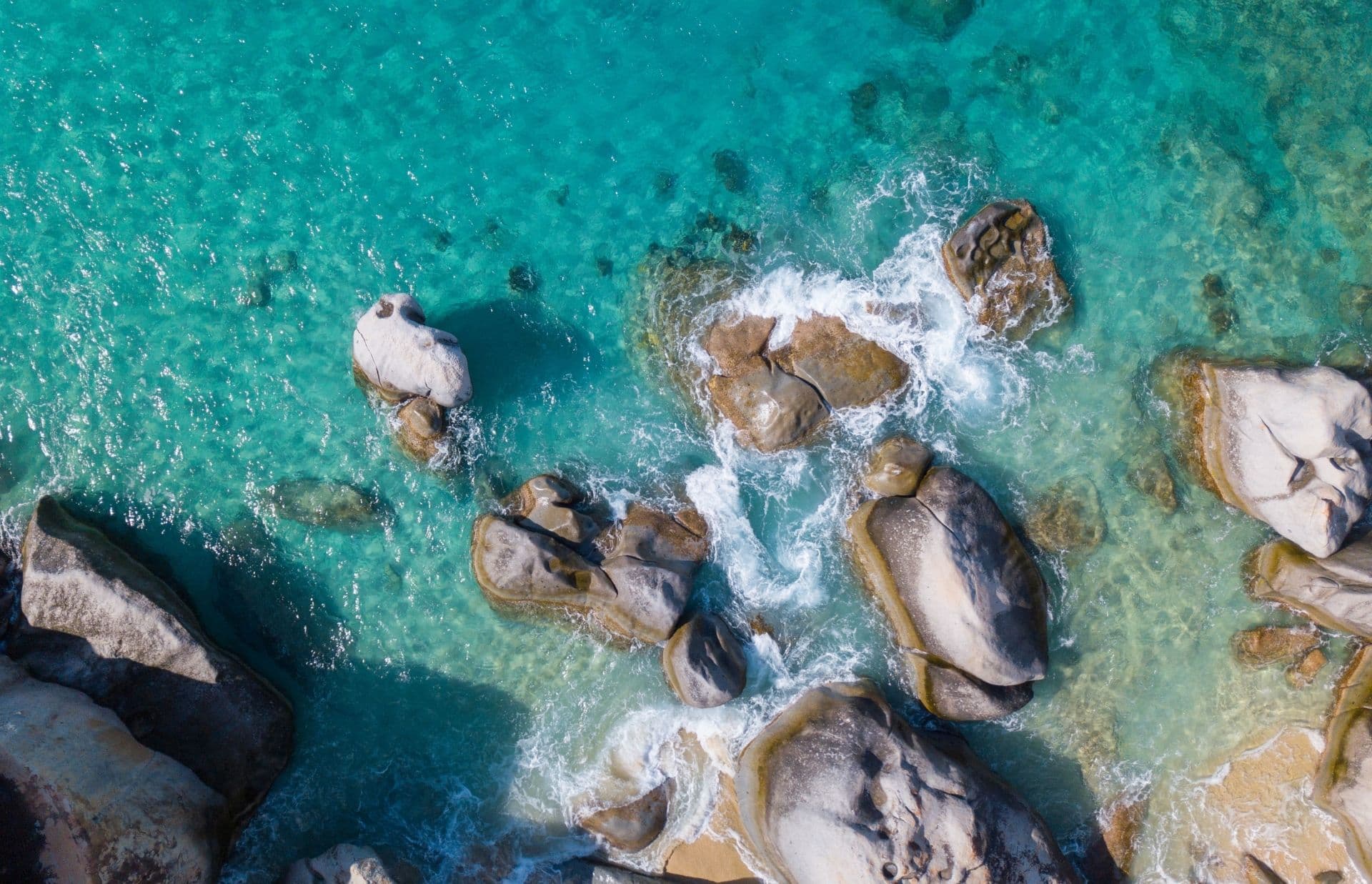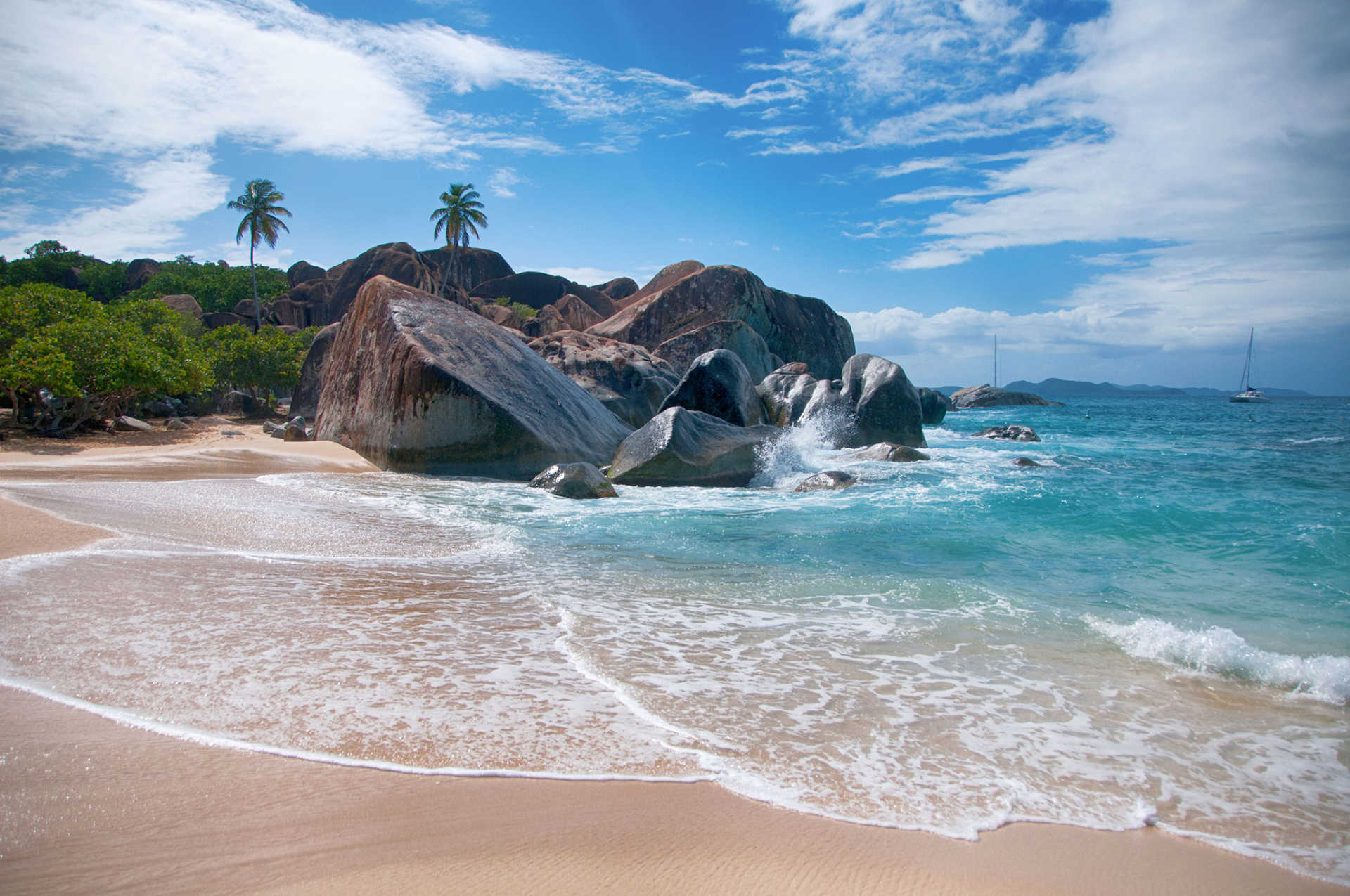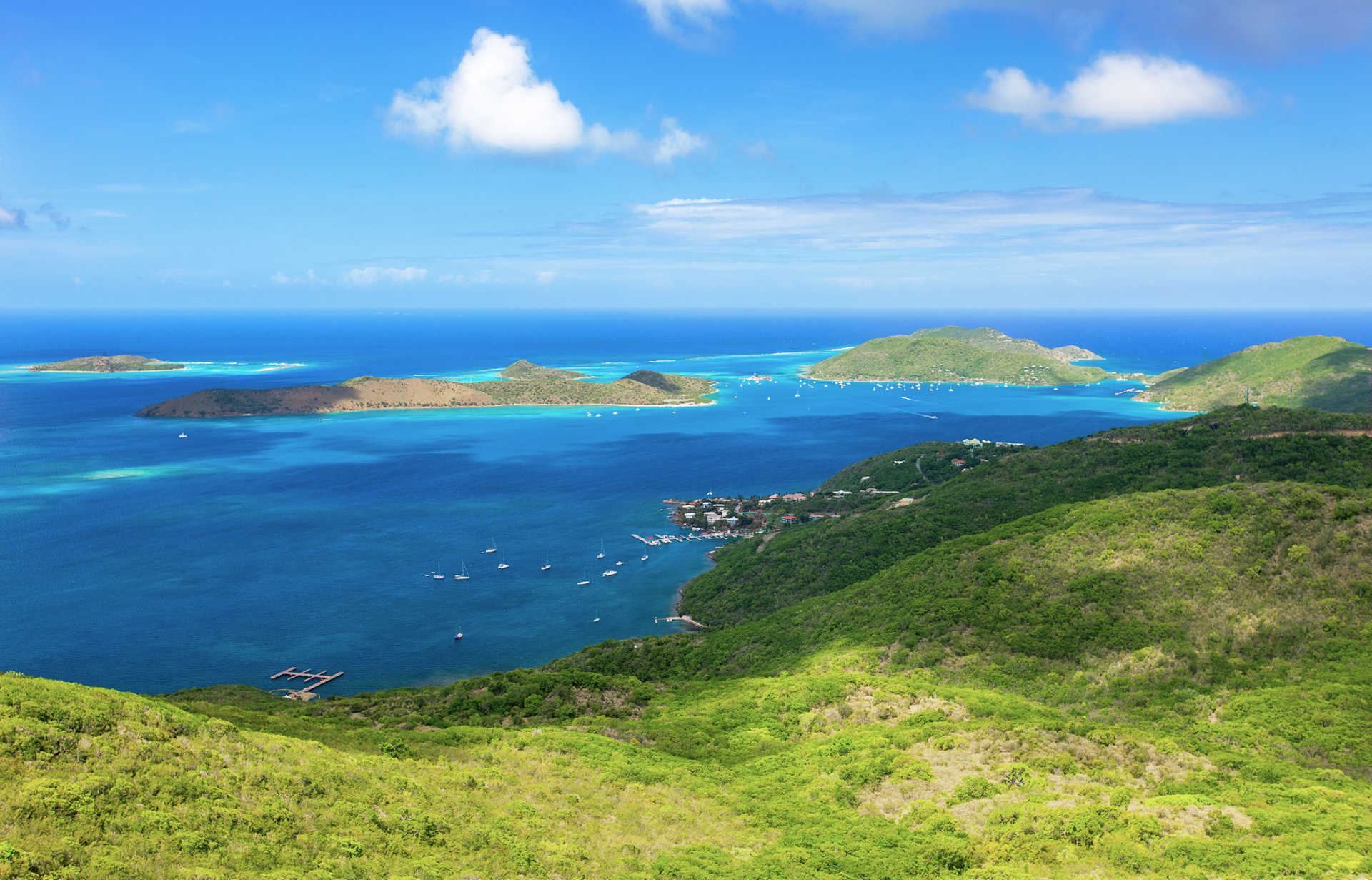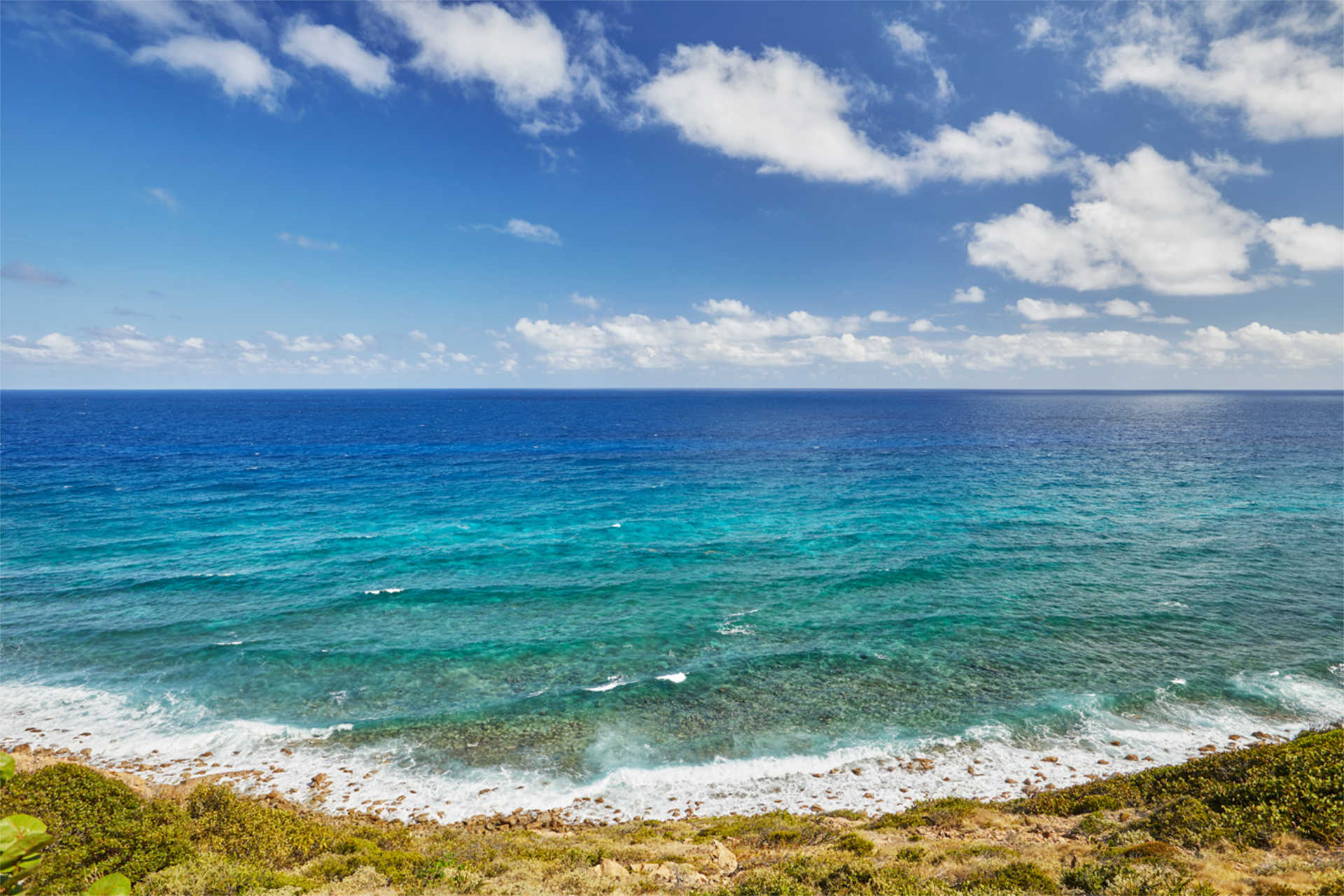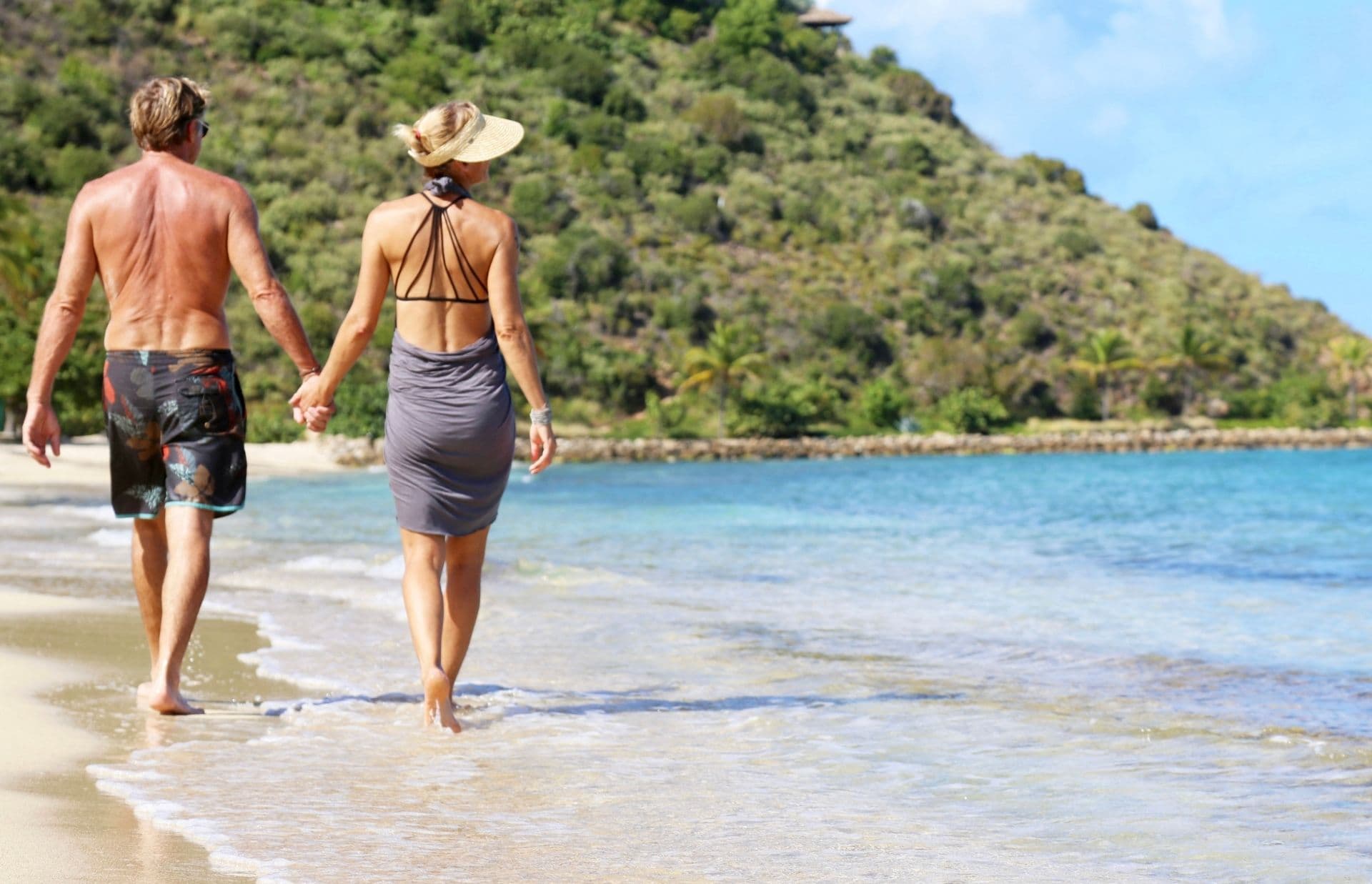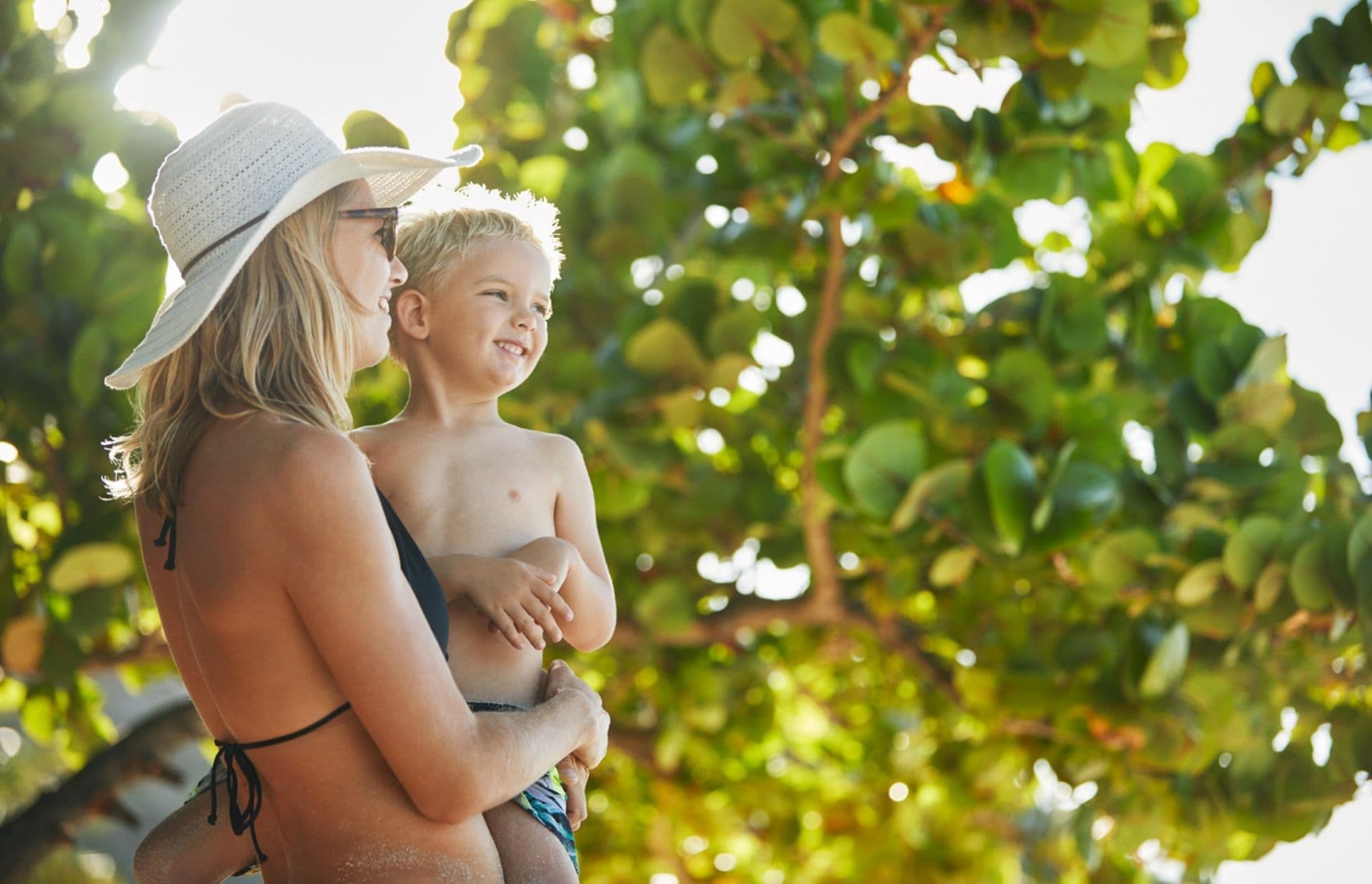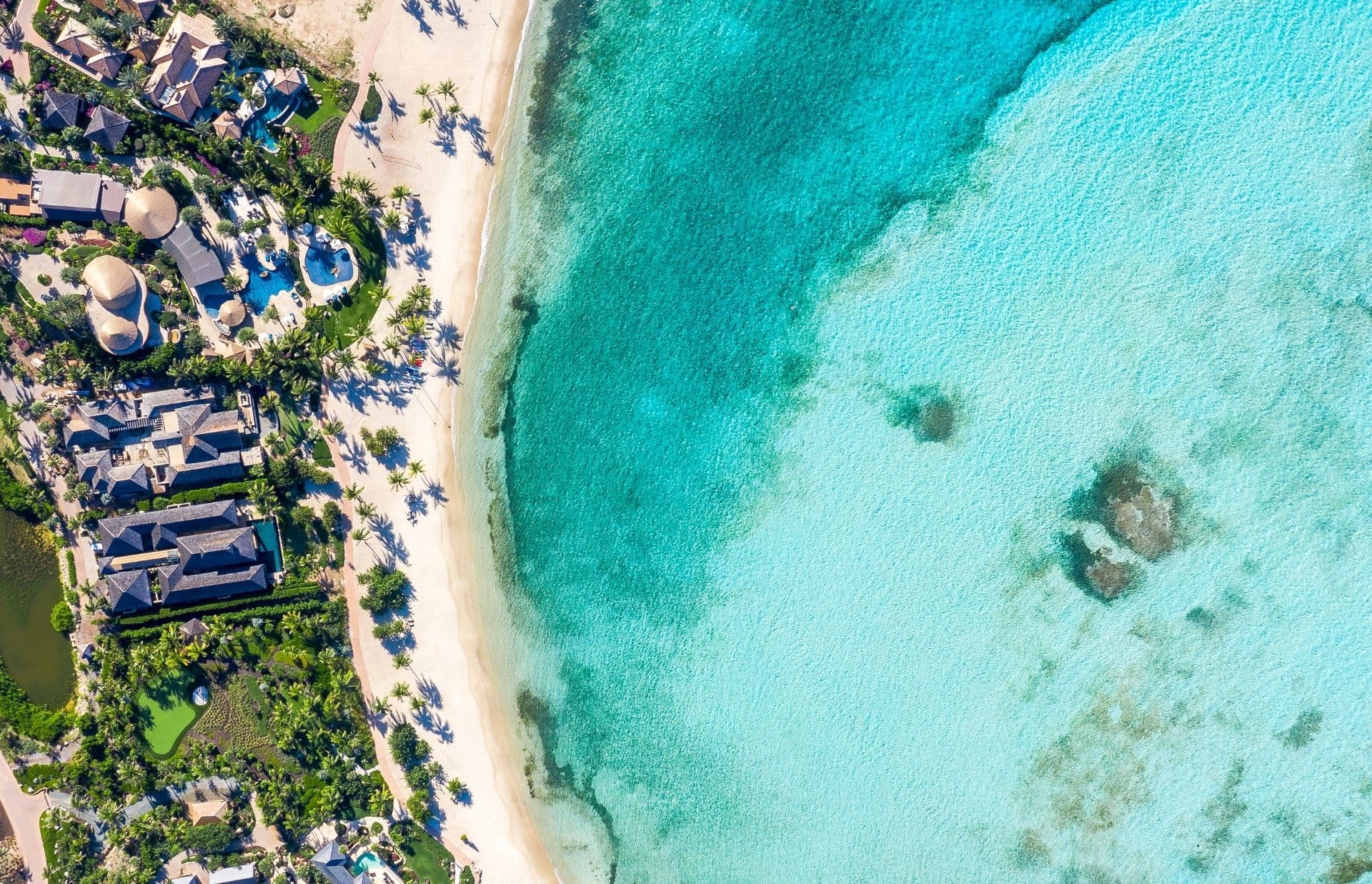Caring for our life force
On June 8th, the 28th official World Ocean Day, here are a few things to consider: Planet Earth is home to five great oceans and 113 seas. Together they span almost three quarters of the surface of the globe, the vast majority of which remain unchartered. The Ocean produces over half of the world’s oxygen and absorbs 50 times more carbon dioxide than our atmosphere. She regulates our climate and weather patterns by transporting heat from the equator to the poles. She is our breadwinner. A staggering 76% of all US trade involves some form of marine transportation. This economy produces $282 billion in goods and services in the US alone. Globally, ocean-dependent businesses employ close to three billion people. She is an enigma, an inspiration, a life force. But her wellbeing hangs in the balance and it’s up to you and I to ensure her welfare, and in turn, our own.
A Drop in the Ocean
With figures so colossal it is easy to feel powerless. How can a single person make a difference? Mother Theresa understood: “We ourselves feel that what we are doing is just a drop in the ocean, but the ocean would be less because of that missing drop.” And she was (of course) spot on. The single greatest threat to our planet is the belief that someone else will save it. There are a million little things that you and I can do to effect change, starting today. Refuse a plastic straw in your favorite cocktail, pack groceries in reusable bags, stop buying disposable face masks, drink water out of refillable bottles, attend beach and riverside cleanups, raise conscientious kids who will do the same. Each effort, no matter how small, is never wasted.
Summer is here, school will soon be out, and many of us are looking forward to some time on the beach or the lake or the river. Whilst the very act of travel of course involves a hefty carbon footprint, we can still make strides to reduce our own. I don’t know about you, but one of the first essentials to be slung in our case is sun protection. And while SPF should always be your BFF, here are a few things to consider before tossing in the first product you see.
Skin Deep
Heard of oxybenzone? Google it. Sunscreen products, like many, many others, are intended to be applied to the body all day, every day, forever. But surprisingly, until recently, no comprehensive testing for toxicity existed. Skin irritation and allergic reactions, skin absorption, the potential to cause cancer, throw the hormonal system off balance, or cause harm during reproduction and development. In 2019 – yes, only two years ago – the federal Food and Drug Administration (FDA) proposed its most recent updates to sunscreen regulations which included the alarming fact that only two ingredients, zinc oxide and titanium dioxide, could be classified as safe and effective. In the past year, multiple additional studies have sounded the alarm about the endocrine-disrupting effects from three other common ingredients: homosalate, avobenzone and oxybenzone.
These ingredients, among others, are all systemically absorbed into the body after a single use. The same study also found that these compounds could be detected on the skin, in the blood stream, and in breast milk for weeks after their last use. Several board-certified dermatologists agree. “Many products that are applied on the skin can be absorbed into the bloodstream,” says Dr. Nancy Samolitis, co-founder of Facile dermatology in Beverly Hills whose clients include Busy Phillips and Mandy Moore. “This is why certain skin care products are not recommended during pregnancy and chemical sunscreens are no exception.”
Corals and Morals
Our consistent exposure to these substances is cause for concern, especially as insufficient safety data exists for most ingredients. There certainly is enough data, however, to prove that our living coral reefs are in the gravest of danger.
Coral reefs are some of the most diverse and valuable ecosystems on Earth. Reef systems are much like rain forests on land, with coral playing a similar role to trees. Despite their extraordinary economic and recreational value, coral reefs are disappearing every day, severely threatened by pollution, disease, and habitat destruction. And sunscreen is partly to blame.
One of the many warriors leading the charge against coral reef poisoning is Dr. Craig Downs, PhD. in cell and molecular biology/pathology and Executive Director of Haereticus Environmental Laboratory, a Virginia-based non-profit scientific organization dedicated to the environment forensics and education. According to Downs, oxybenzone can cause an adverse effect on coral in 62 parts per trillion. That’s a single drop of water in six Olympic size swimming pools. Talk about a drop in the ocean.
Choices, Choices
Luckily, there are alternatives. Non-nano mineral sunscreens which employ the use of zinc oxide and titanium dioxide, are reef-safe and typically labelled as such. According to the Mayo Clinic, the added bonus to using non-nano products is that they are often less irritating to sensitive skins. Look out for labels like “reef safe”, “plant-based” or “vegan”. And then look further. Take a minute or so to glance over the list of ingredients. Apply this logic to bug spray, body lotions, hair products… you might not be washing your hair in the ocean (here’s hoping), but what goes down the drain ends up there anyway.
Helen Keller once said: “The world is moved along, not only by the mighty shoves of its heroes, but also by the aggregate of the tiny pushes of each honest worker.” Change can be effected. Little by little. Take responsibility, read the fine print, make informed choices, spread the word. Your efforts are not simply a drop in the ocean, but the whole ocean in one drop.
